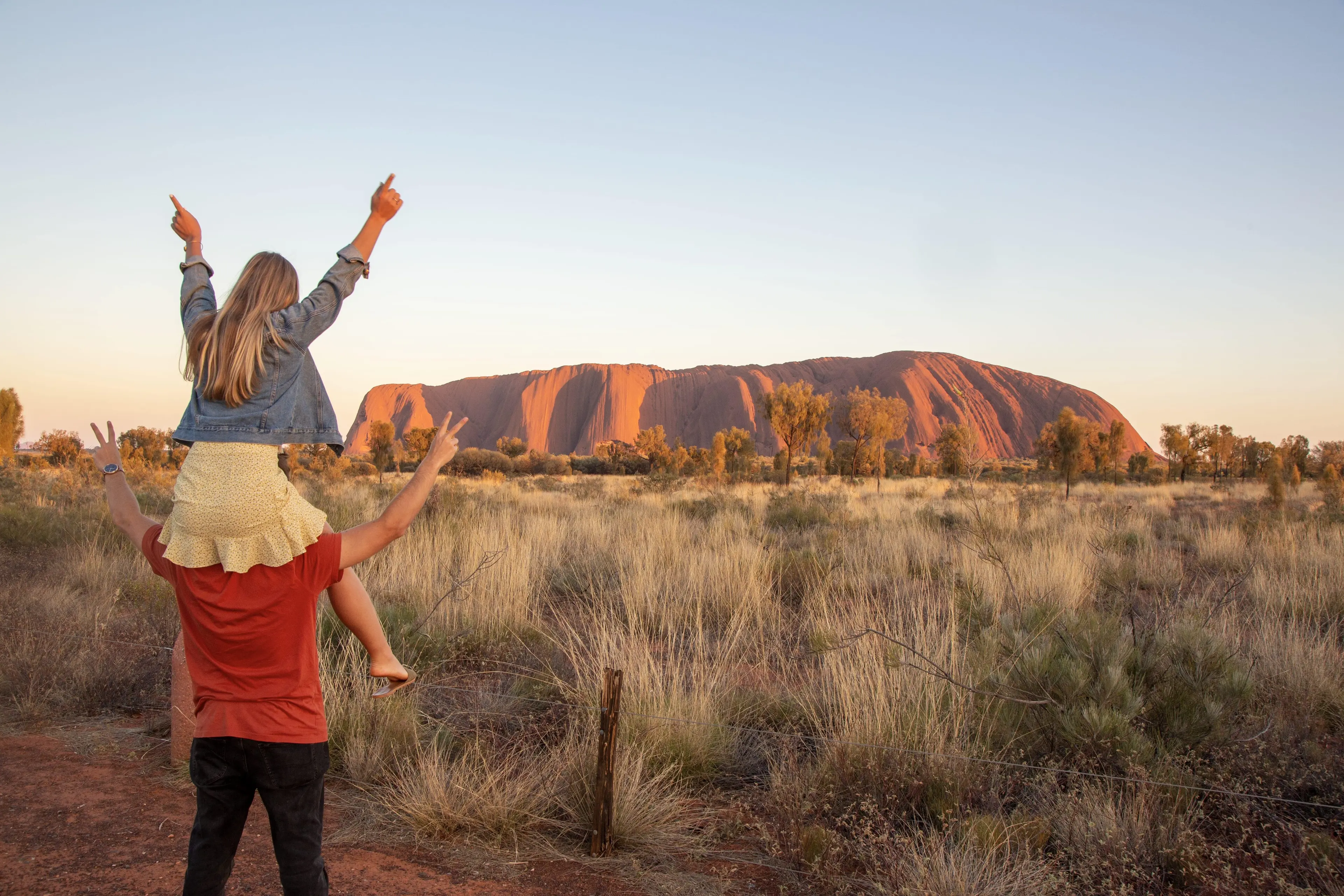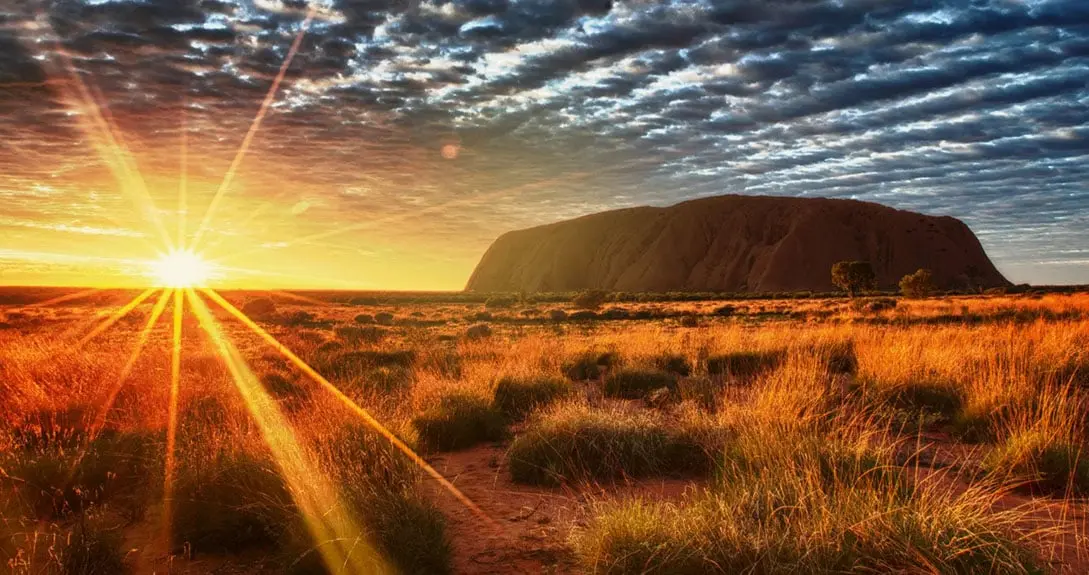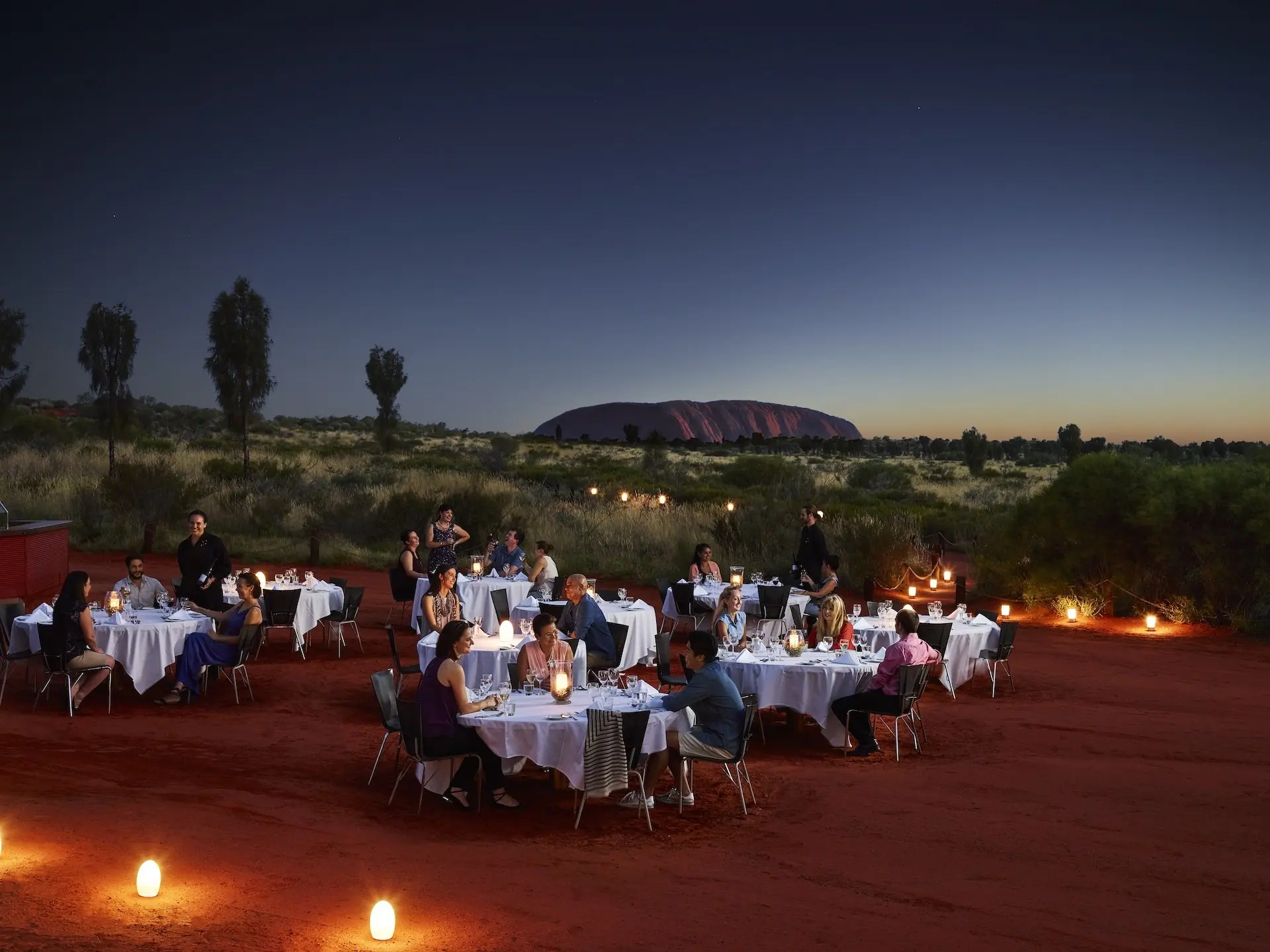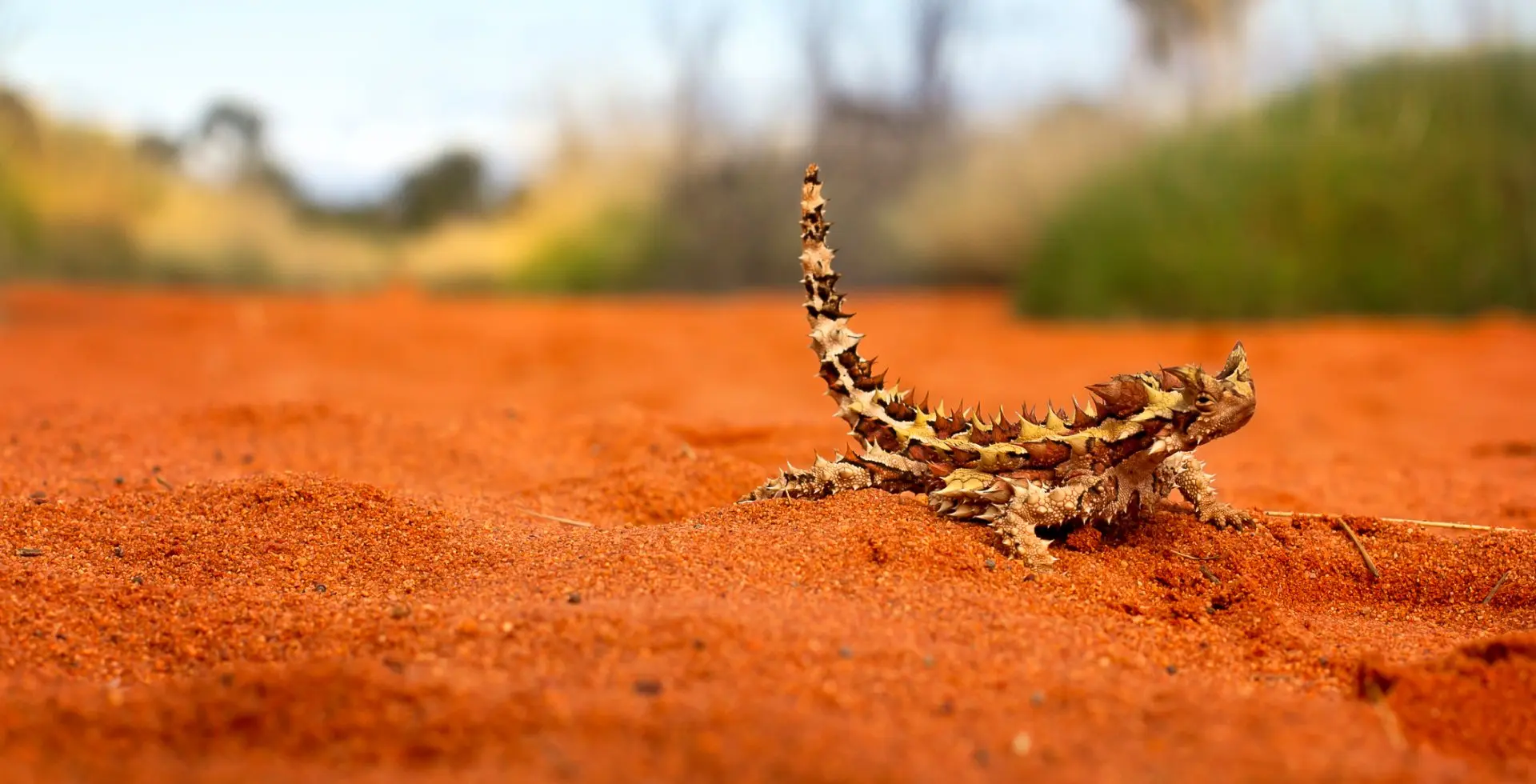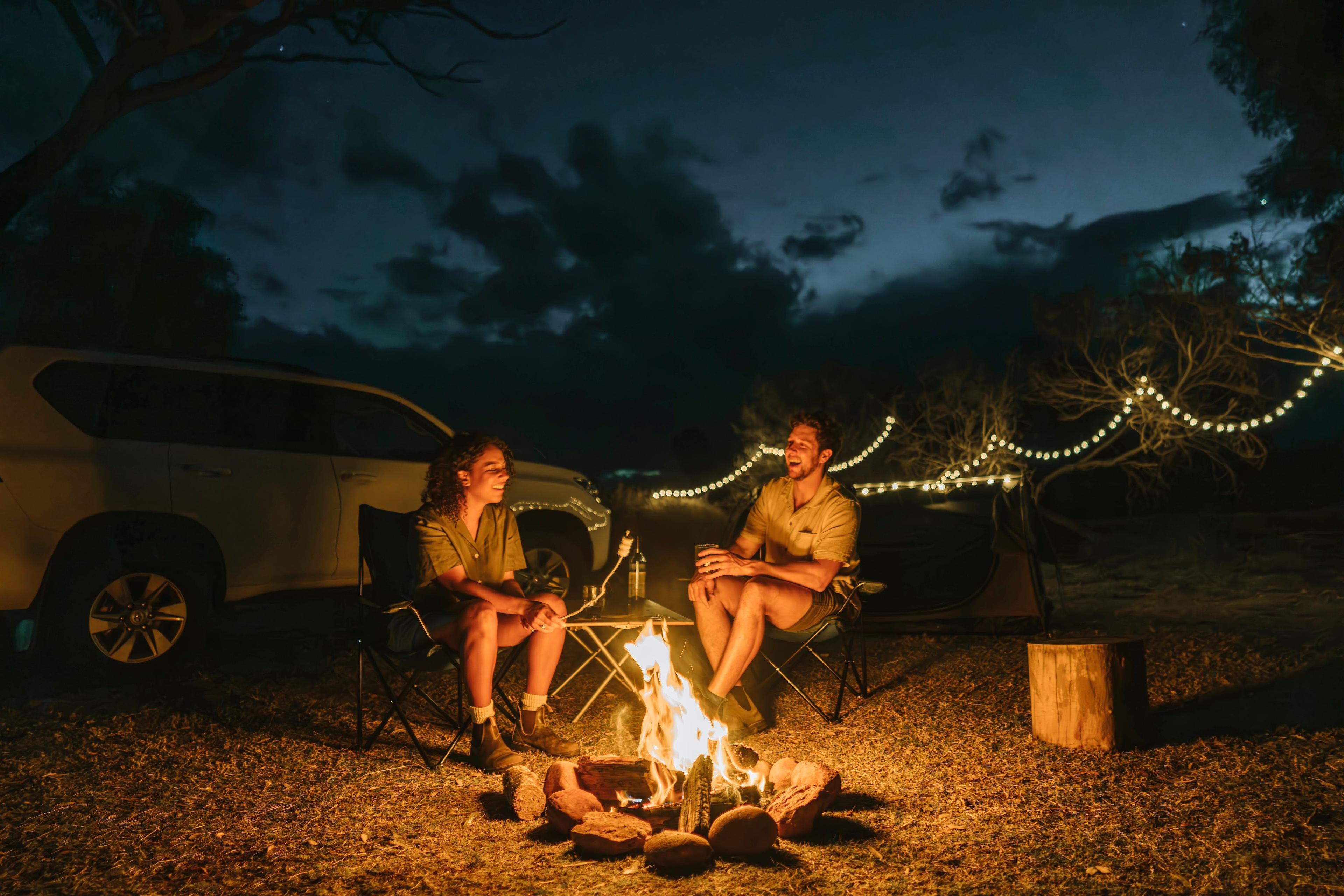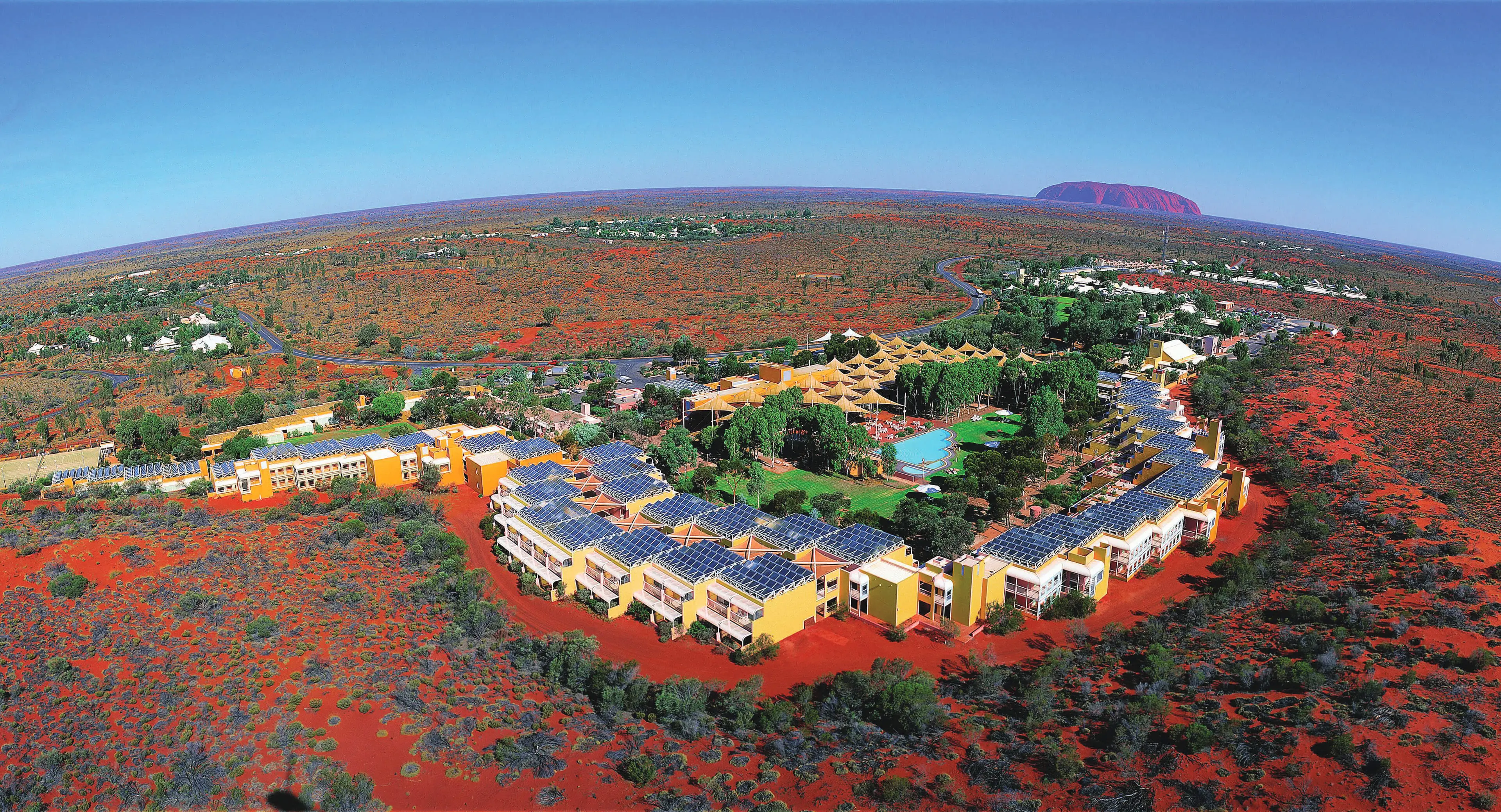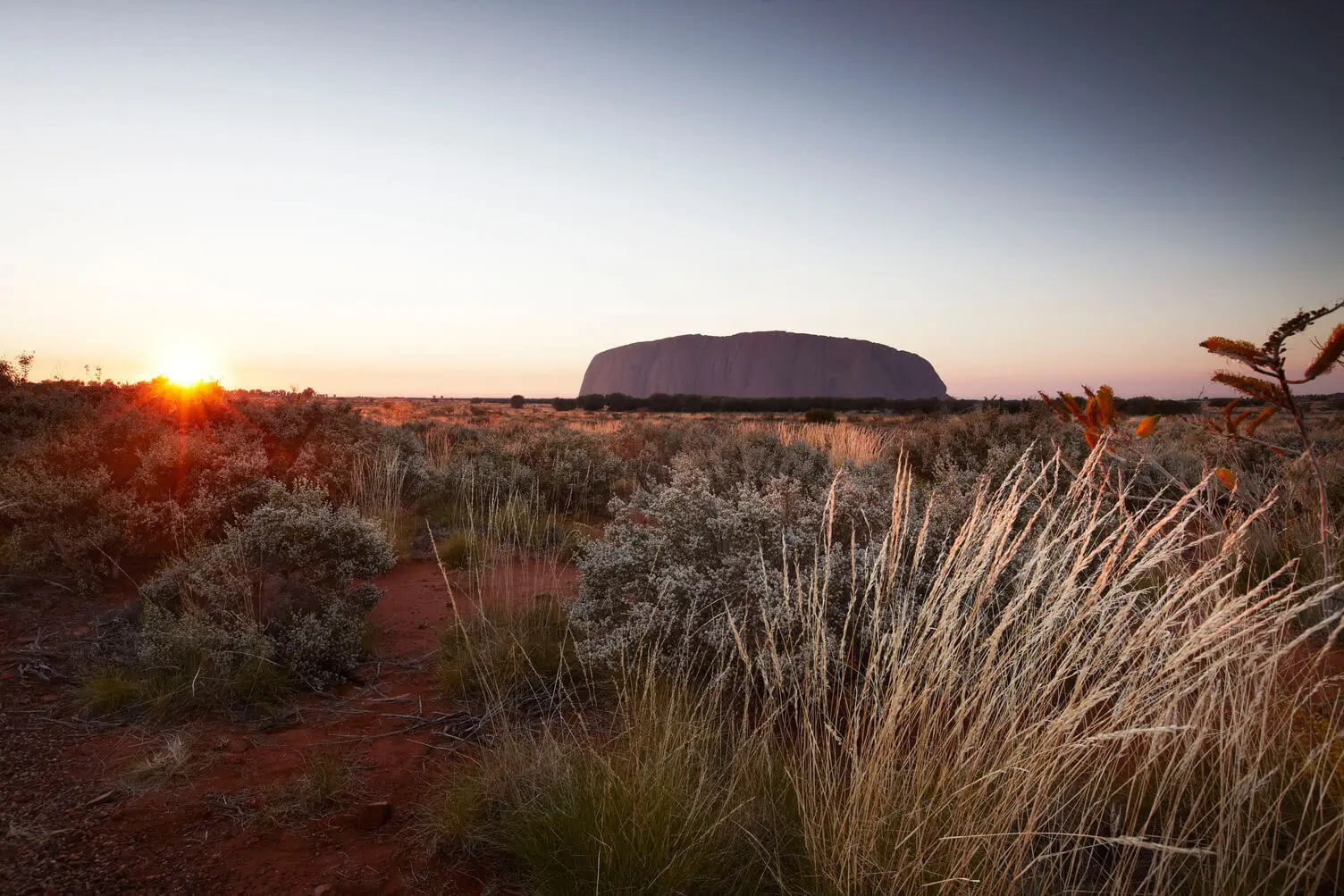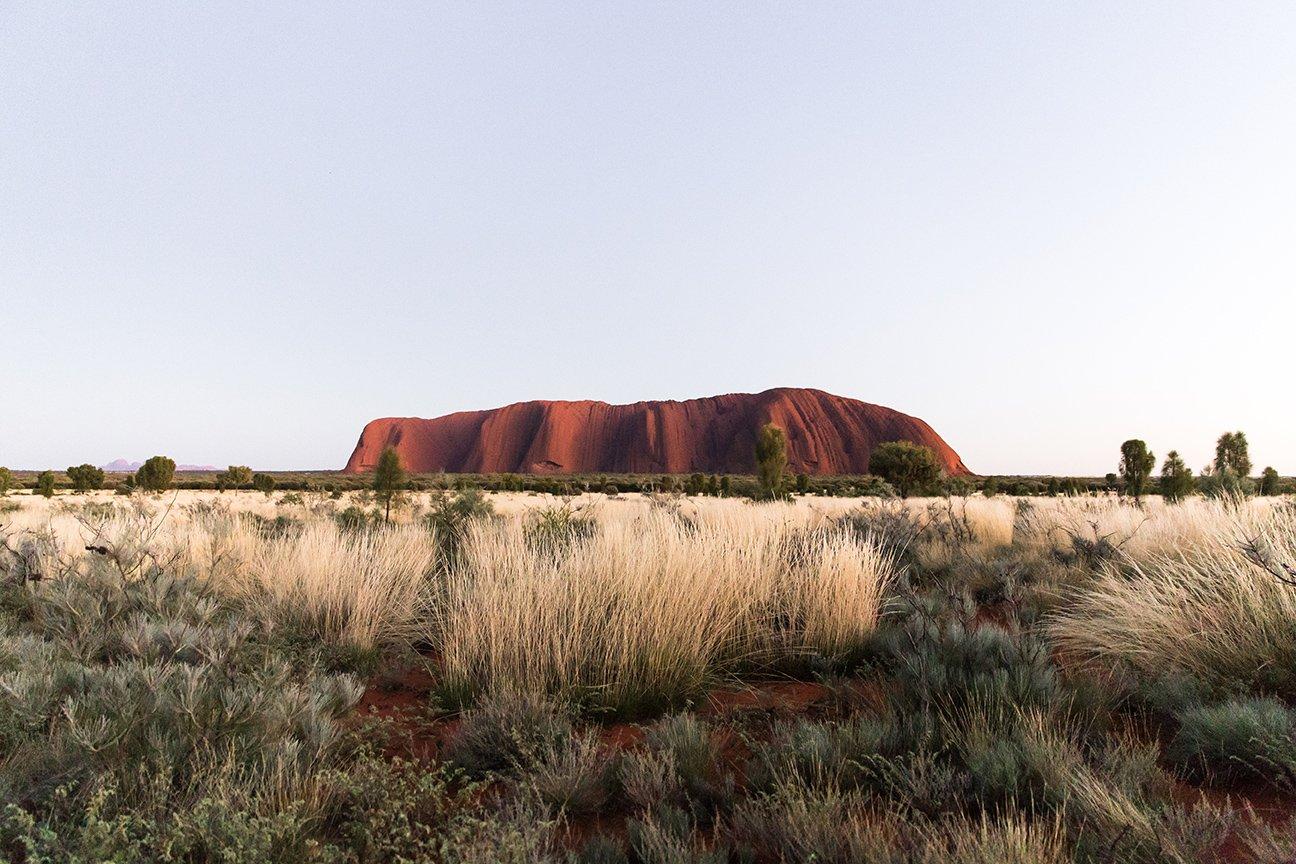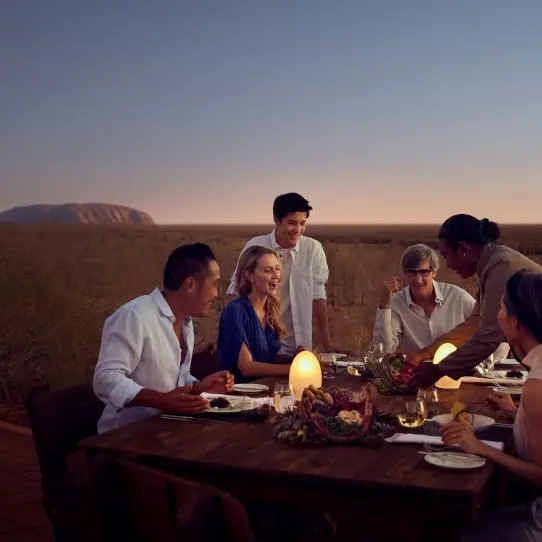How to Experience Indigenous Culture in Uluru
Telling stories is one of the things that makes us human. We use stories to make sense of the world around us, which is why hearing the tales of another culture is such a powerful experience: it lets us see the world through someone else’s eyes.

Have you ever wondered why Uluru is known as the Spiritual Heart of Australia? The iconic landmark is the ancestral home of the Anangu, who have kept their culture, languages, and history alive by sharing stories passed down through generations. When you visit Uluru, you’ll find many opportunities to immerse yourself in and learn about Indigenous culture, from guided walks to Indigenous-inspired menus, and more.
From the moment you arrive at Ayers Rock Resort, you can soak in the Indigenous influence on each of the resort’s five accommodation options. From luxurious rooms with a view of Uluru situated in native gardens, to contemporary accommodations featuring Aboriginal and urban themes, to sleeping under the outback stars, each corner of the resort offers a unique spot to act as your basecamp while you experience the unique Indigenous cultural experiences that Uluru has to offer.
Some stories are best told in the place where they occurred, and for Anangu, storytelling is a unique part of their way of life - it is how legend, lore and knowledge have been passed down for tens of thousands of years. There are plenty of opportunities to hear these stories on your visit to Uluru. You can explore the wonder of the rock on a daily Uluru-Kata Tjuta National Park Ranger-guided Mala walk (approx 1 hour) at the base of Uluṟu, where you’ll explore the meaning behind ancient rock art, see traditional Indigenous tools in action, and learn about Tjukurpa—creation stories that are depicted in the rock formations. The ranger-guided Mala walk is the perfect precursory experience to the Wintjiri Wiru drone show.
If you want to enhance your understanding of the Mala story and experience Indigenous storytelling in a whole new way, be sure to add Wintjiri Wiru to your Uluru itinerary. The award-winning choreographed drone show brings a chapter of the ancestral Mala story to life with laser, light and sound with the iconic monolith as the backdrop. You can choose one of three Wintjiri Wiru experiences, each starting with a pick-up at your lodging within Ayers Rock Resort.
At Wintjiri Wiru Sunset Dinner, you’ll enjoy cocktails infused with native ingredients and a gourmet picnic hamper before settling in for the show. Wintjiri Wiru Twilight offers the chance to enjoy premium Australian wines alongside a cheese and dessert hamper as Uluru is silhouetted against the horizon before the laser and drone show. Alternatively, settle in for Wintjiri Wiru After Dark, and enjoy Australian wines, cheeses and desserts under the stunning setting of the starlit outback sky before the show.
Tip: Ayers Rock Resort also offers several free Indigenous activities to resort guests. Sign up for a free bush yarn session in the resort’s Circle of Sand to hear tales of brave hunters and how they wielded their spears, clubs and boomerangs.
Ayers Rock Resort offers a host of Indigenous-inspired menus and once-in-a-lifetime dining experiences for the foodies en route to Uluru. Tali Wiru, the award-winning, seasonal outdoor dining experience, begins with champagne and canapés at sunset, followed by a didgeridoo performance and meal that you’ll never forget.
Alternatively, add our Australian Native High Tea at Sails in the Desert to your itinerary. Enjoy our take on a classic afternoon tea infused with native ingredients, featuring a selection of Indigenous organic teas by Blak Brews.
Tip: If you’re interested in learning more about the local bush tucker, join a guided garden walk that introduces you to the many different plants that the Anangu relied on for survival, or sign up for a bush food experience, which gives you an insight into the cultural side of bush tucker.

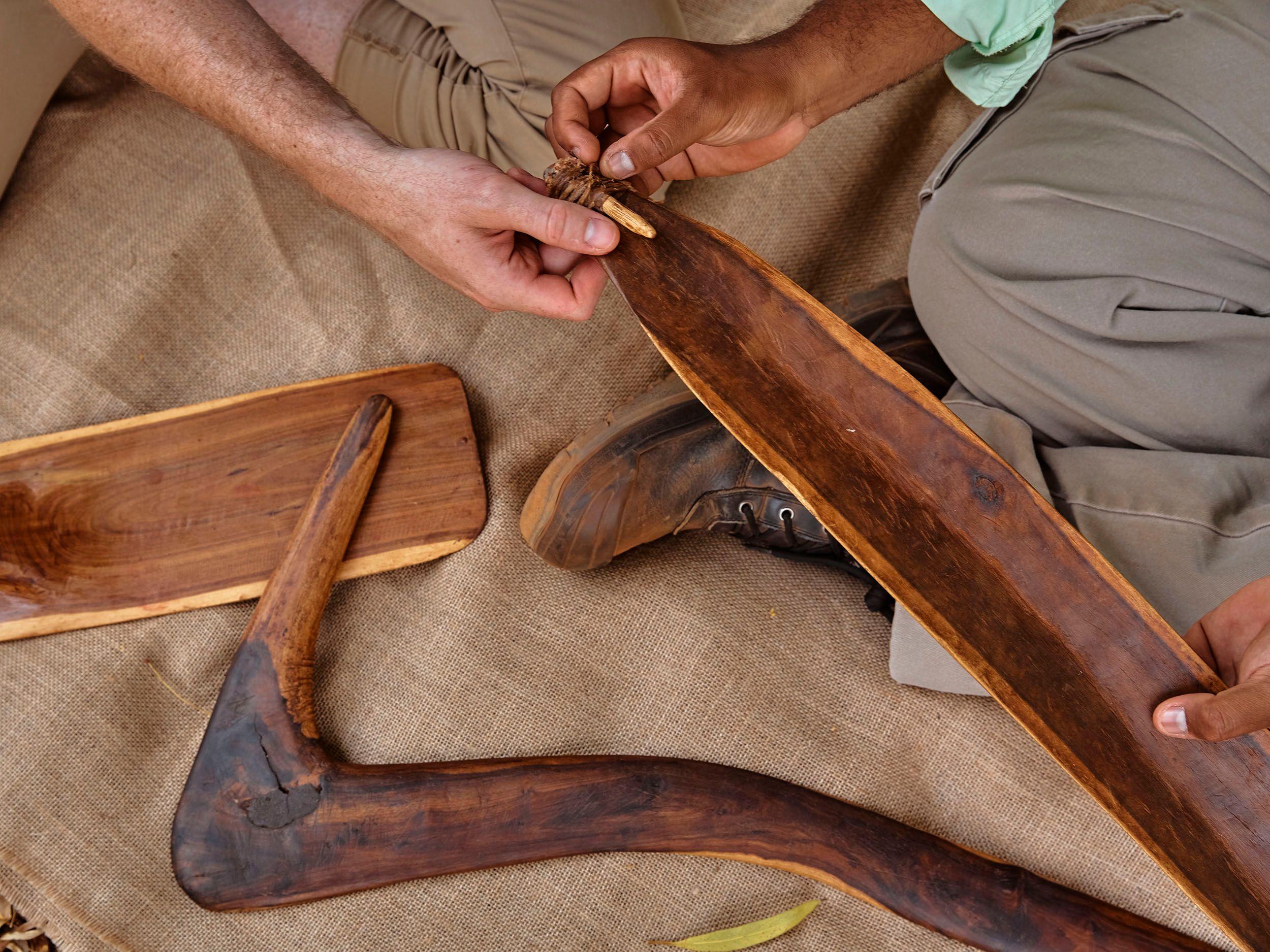
For art enthusiasts, there are so many ways to explore the work of local Indigenous artists at Ayers Rock Resort. Inspired by the artwork of three local Anangu artists, Sunrise Journeys is one experience that you won’t want to miss. This excursion takes you to a viewing platform where the artwork comes to life through an immersive light, laser, and sound show. Then, when the sun has risen over Uluru, you can enjoy a breakfast of native flavours paired with our signature chai tea.
Also, be sure to add the acclaimed art installation by Bruce Munro, Field of Light Uluru to your Red Centre itinerary. Spanning a jaw-dropping area equivalent to more than seven football fields, this immersive installation draws you into a garden of 50,000 luminous stems. Each spindle glows with shifting colours. As you wander through this enchanting display, the stems seem to come alive. This experience captures the essence of the desert’s beauty and invites you to connect with the landscape in a truly unforgettable way.
Tip: The Gallery of Central Australia (GoCA) is located within Ayers Rock Resort, adjacent to Desert Gardens. The gallery features the vibrant works of more than 20 remote Indigenous community art centres, providing a vital income stream through ethical art sales to communities that might otherwise never see a tourist. It’s also home to the painting that inspired Sunrise Journeys, named ‘Our Country is Truly Beautiful’. A free daily tour takes place at 10:30am, showcasing the different regions, styles and the story of Indigenous dot painting as we know it. GoCA is free to visit and is open daily from 9:00 AM to 5:00 PM.
There are so many opportunities to immerse yourself in Anangu culture when you travel to Uluru. Whether you want to blend education and adventure on a guided walk around the base or watch the wonder of the Mala story play out in the sky, there’s an Indigenous experience in Uluru to suit your itinerary. Start planning your perfect Red Centre holiday today.
